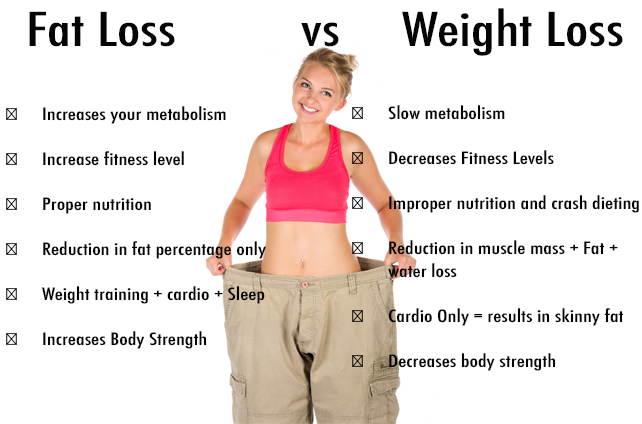
Understanding Muscle Loss During Weight Loss
Introduction
Have you ever felt like weight loss is all about that number on the scale? You’re not alone! So many of us get fixated on that tiny little figure, but here’s the thing: there’s a vital piece of the puzzle that often gets overlooked—muscle preservation. As you set off on your journey to shed those extra pounds, understanding how your diet impacts your muscle health is key. Let’s dive into how you can achieve sustainable weight loss while keeping your muscles intact. With the right blend of nutrition and resistance training, you can reach your weight loss goals without compromising your strength. Ready to explore? Let’s go!
—
Understanding Muscle Loss During Weight Loss
Why Does Muscle Loss Happen When You Lose Weight?
When you’re cutting calories to lose weight, it’s common to shed not only fat but also some muscle. Studies show that if you lose about 10% of your body weight, roughly 20% of that could be muscle mass. Ouch! Losing muscle can really throw a wrench in your metabolism, energy levels, and overall fitness. In simple terms, shedding muscle makes it trickier to maintain your weight loss in the long run.
Actionable Tip: To help combat muscle loss, aim to lose weight slowly—about 0.5 to 1 pound a week. This steady approach can help ensure that the majority of what you’re losing is fat, not muscle.
—
The Role of Protein and Resistance Training
How Protein Helps You Keep Muscle as You Lose Weight
One of the most crucial factors for holding onto your muscle during weight loss is getting enough protein. Experts suggest shooting for 1.2 to 1.5 grams of protein per kilogram of body weight when you’re in a calorie deficit. Protein doesn’t just help repair and build muscle; it also keeps you feeling satisfied, making it easier to stick to your nutrition plan.
Actionable Tip: Make sure to include high-quality protein sources in each of your meals. Think lean meats, fish, beans, legumes, and dairy. And don’t overlook those delicious protein-rich snacks! Greek yogurt or a protein shake post-workout can do wonders for your recovery.
Why Strength Training is Your Best Friend
Now, let’s talk about resistance training. Not only does this workout style help you hold onto your muscle, but it’s also essential for sustainable weight loss. Aim for at least 2-3 days of strength training each week. This kind of training sparks muscle protein synthesis and keeps your muscles functioning well, even when you’re in a caloric deficit.
Actionable Tip: Focus on compound exercises that work multiple muscle groups at once—think squats, deadlifts, bench presses, and rows. These moves are fantastic for building strength and revving up your metabolism.
—
Long-term Implications of Weight Loss Strategies
Why Sustainable Lifestyle Changes Matter
We’ve all heard of those quick-fix diets that promise fast results, but they rarely lead to lasting change. To truly improve your body composition and maintain muscle as you lose fat, focus on making sustainable lifestyle changes rather than just chasing numbers on the scale. This balanced approach ensures you keep your muscle mass while dropping fat.
Actionable Tip: Instead of making drastic dietary changes, aim for small modifications—like managing portion sizes, increasing your intake of fruits and veggies, and cutting back on processed foods. Keeping a food diary can help you track what you’re eating and make adjustments along the way.
—
Practical Applications: Combining Diet and Exercise
Building a Balanced Game Plan
If you’re serious about losing weight while preserving muscle, creating a balanced plan is crucial. Here’s how you can put this knowledge into practice:
1. Mind Your Diet:
– Know your daily protein needs and strive to meet them consistently.
– Choose whole foods over processed ones to maximize your nutrient intake.
– Stay hydrated! Water is essential for muscle function and performance.
2. Get Moving with Resistance Training:
– Create a workout schedule that includes strength training at least two to three times a week.
– Gradually increase your weights or resistance to keep your muscles challenged.
– Don’t forget to rest! Your body builds and repairs muscle during recovery days.
3. Embrace Mindful Eating and Lifestyle Changes:
– Take a moment to truly enjoy your meals and listen to your hunger cues.
– Consider adding some yoga or other low-impact exercises to improve body awareness and decrease stress.
—
Conclusion
So, here it is in a nutshell: navigating weight loss while keeping your muscle intact takes thoughtfulness in both diet and resistance training. By prioritizing protein, regularly incorporating strength workouts, and embracing lifestyle changes that last, you empower yourself to achieve better health. Remember, it’s not about becoming smaller; it’s about feeling stronger, more energized, and just better overall.
Now that you have these actionable strategies, let’s get started! Share your experiences, thoughts, or questions in the comments below. Together, we can create a supportive community focused on sustainable health and well-being.
—
By adopting these principles, you won’t just alter your body composition; you’ll build a stronger foundation for a healthier, more active lifestyle for years to come. Interested in more tips? Check out our blog for insights on nutrition strategies and effective workout routines!
Hashtags: #muscle #weight #loss #protein #training #about #resistance #strength #lose #body #sustainable #actionable #help #lifestyle #changes
